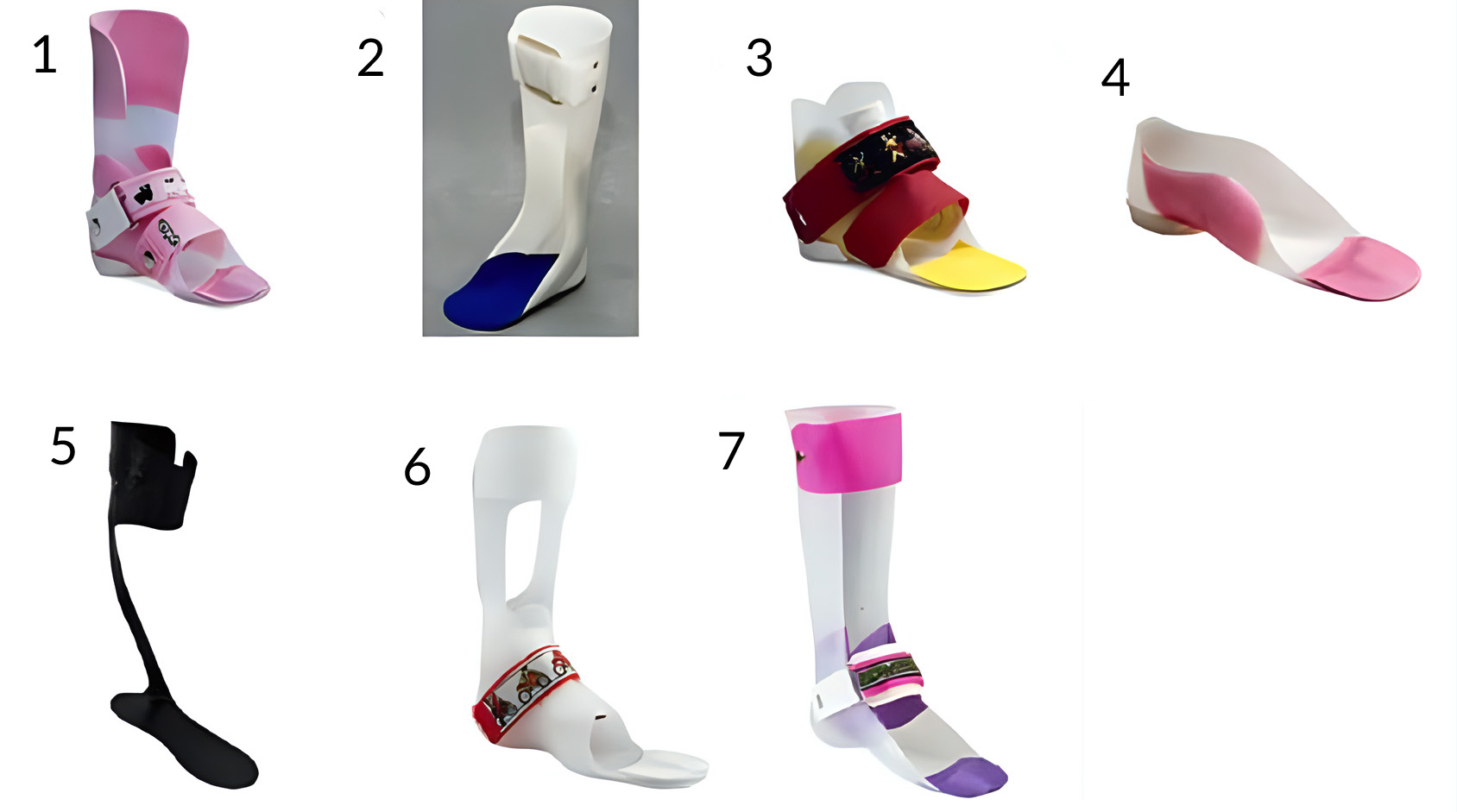
Lower extremity orthotics are specialized medical devices designed to support, stabilize, or enhance the function of the lower limbs, including the legs, knees, ankles, and feet. These orthotic devices are used to address a wide range of medical conditions, injuries, or functional limitations affecting the lower extremities. Here's a description of lower extremity orthotics:
The primary purpose of lower extremity orthotics is to provide support and stability to the lower limbs. They are custom-fitted to the individual's anatomy and condition, helping to prevent excessive movement, strain, and pain.
Lower extremity orthotics come in various types, including:
These orthotics provide support and stability to the knee joint and are used to manage conditions such as ligament injuries, osteoarthritis, or post-surgical rehabilitation.
AFOs are designed to support and control the ankle and foot. They are commonly used in cases of drop foot, cerebral palsy, or ankle instability.
These devices are placed inside shoes to provide arch support, alignment, and cushioning. They can alleviate pain and improve gait for individuals with conditions like plantar fasciitis, flat feet, or metatarsalgia.
Hip orthotics provide support for the hip joint, often after surgeries or injuries. They can help manage hip dysplasia, hip dislocations, or hip labral tears.
While not directly lower extremity orthotics, spinal orthotics can influence lower limb function by supporting the spine. Devices like lumbar braces are used for conditions such as scoliosis, herniated discs, and low back pain.
Many lower extremity orthotics are custom-fitted to ensure a precise and comfortable fit for the individual. These orthotics are tailored to the person's unique anatomy and condition.
Lower extremity orthotics play a crucial role in the recovery and management of various lower limb injuries, including fractures, sprains, and tendon injuries. They provide the necessary support for healing while minimizing pain and discomfort.
Individuals with chronic conditions such as osteoarthritis, rheumatoid arthritis, or neurological disorders can benefit from lower extremity orthotics. These devices can reduce pain, enhance joint function, and improve overall quality of life.
Lower extremity orthotics can effectively reduce pain and discomfort associated with a range of lower limb conditions. By providing support, they alleviate strain on affected areas.
Some lower extremity orthotics are designed to improve function. For example, knee orthotics may assist in knee extension for individuals with muscle weakness, while AFOs can help individuals with gait abnormalities walk more effectively.
The selection, fitting, and monitoring of lower extremity orthotics are typically managed by orthotists, healthcare professionals who specialize in orthotic devices. They ensure that the orthotics are correctly adjusted to maximize effectiveness and comfort.
Lower extremity orthotics are essential tools for individuals recovering from lower limb injuries, managing chronic conditions, and enhancing their overall lower limb function. The appropriate selection, fitting, and adjustment of orthotics are crucial for ensuring they meet the specific needs of the individual's condition and lifestyle. Consultation with a healthcare provider or orthotist is recommended to make informed decisions about lower extremity orthotics.
Ask The Expert